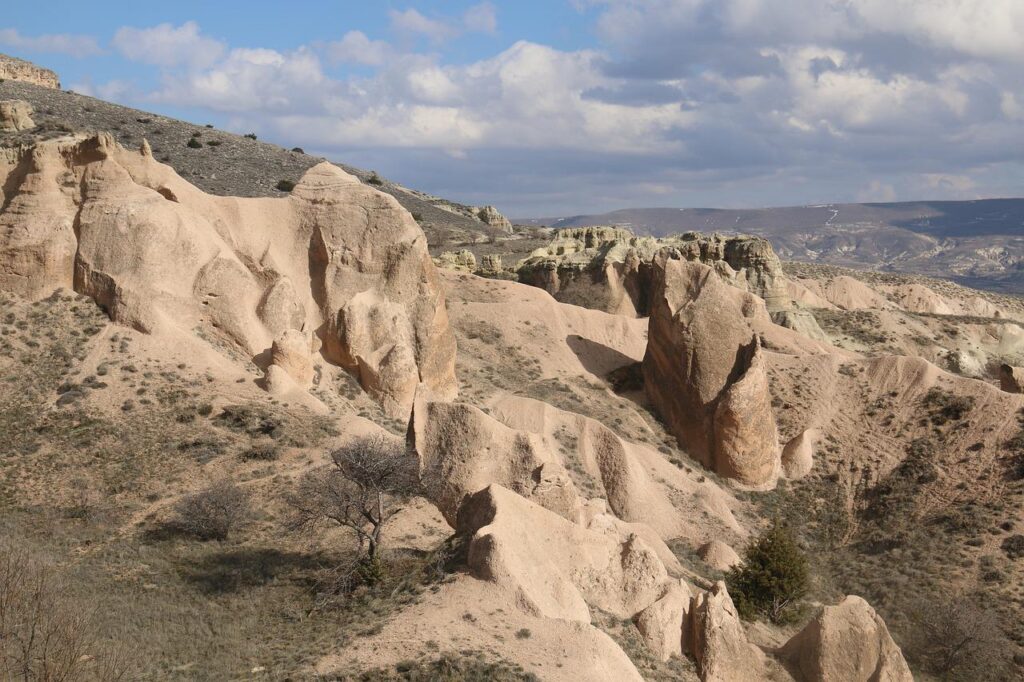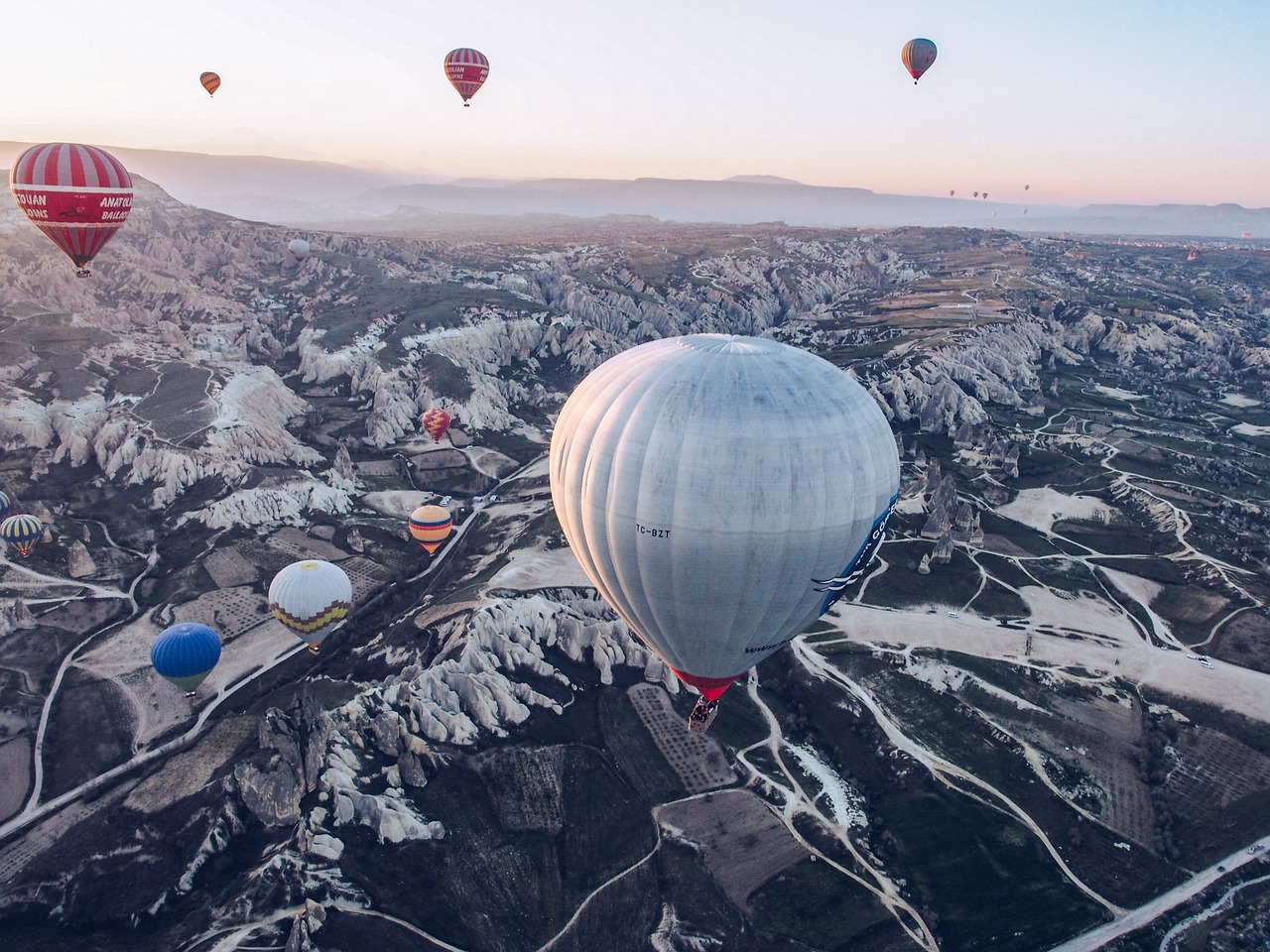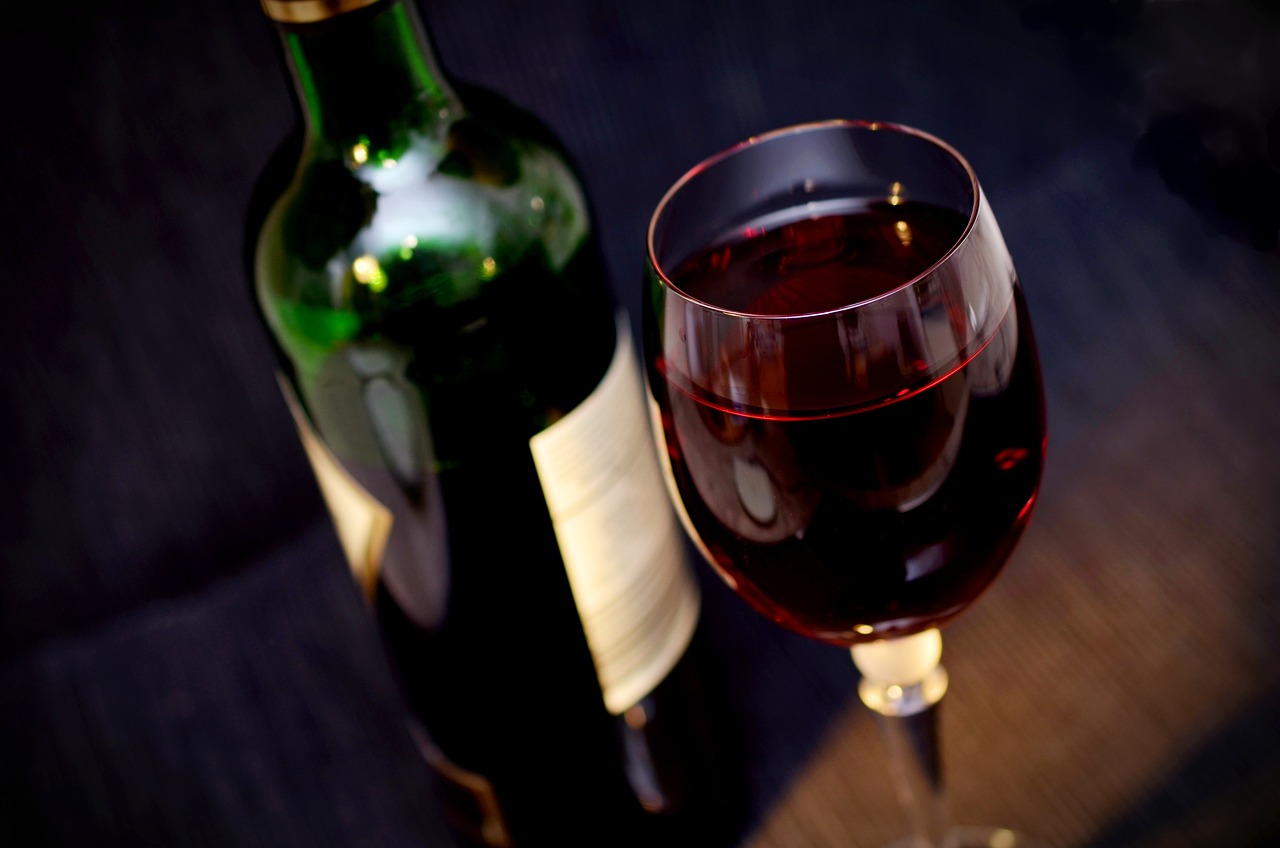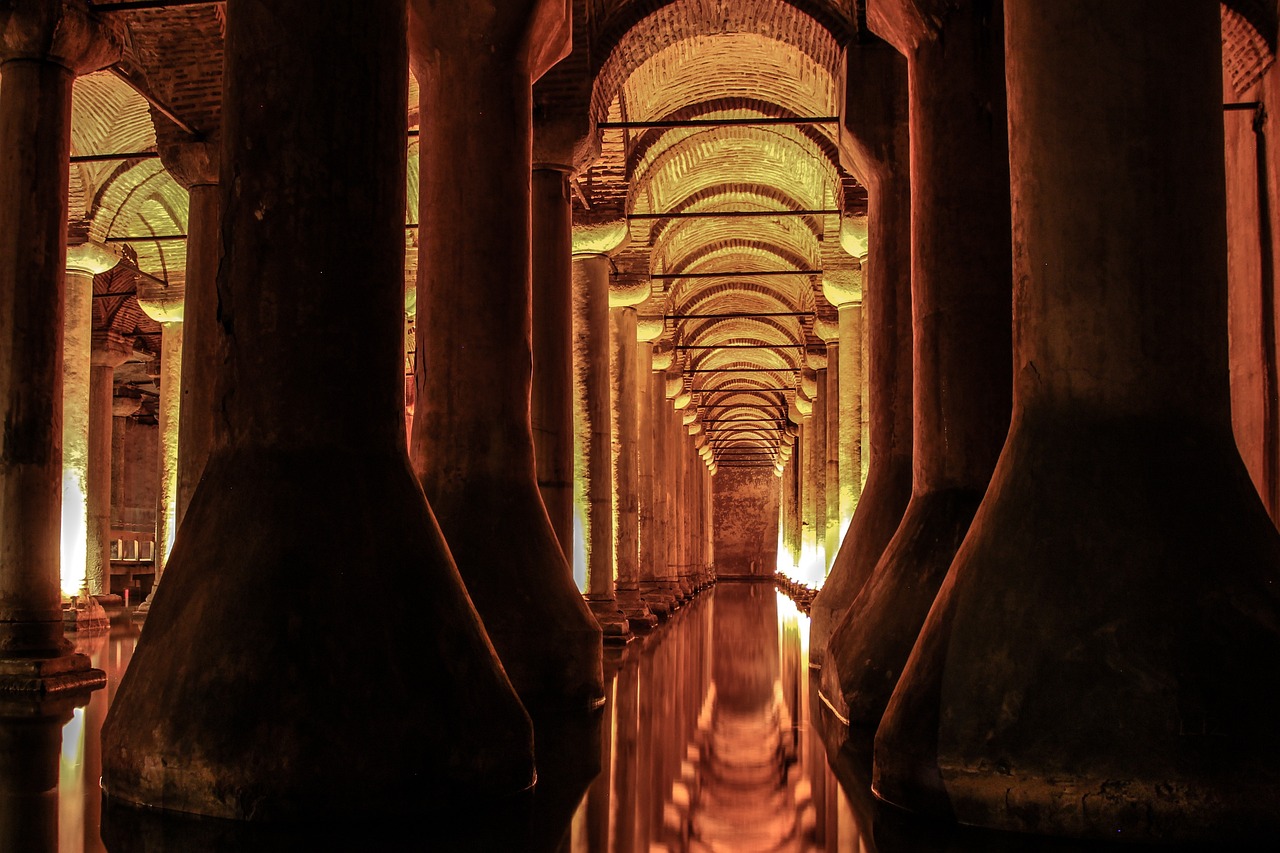Cappadocia rock churches are viral. After the eruption of the Erciyes volcano, lavas formed soft rocks in the Cappadocia region. Water and wind eroded soft rock over time, so fairy chimneys with solid stone structures have been created today. The inhabitants of Goreme and Cappadocia saw that this rock could be shaped very easily and carved houses, churches, and monasteries into the rocks.
There are important examples of Byzantine art, especially in places used by the first Christians as shelters. The frescoes are significant examples of the post-iconoclastic period. In the 4th century AD, in the direction of St. Basil of Kayseri, small communities began to form in this region, and houses were carved into these rocks. After this period, new churches were carved into the rocks, and people decorated the holy places with colorful frescoes.

The Cappadocia rock churches are open to world culture as an open-air museum today. Besides the famous churches, there are hundreds more in the area. Restoration works of the existing ones continue until they find, and experts will save this valuable heritage from the centuries-old destruction and loneliness of nature and man. Some famous churches from Cappadocia rock churches:
Cappadocia Rock Churches: Dark Church
This church, dating to the 11th century, is a carefully carved two-story building. The entrance corridor, to which a spiral staircase leads, has a flat ceiling and a rectangular shape. The collapse of the front part of the rock in which it was carved left behind most of the top and the wall separating the hall from the outside. Initially, this building conceives as a monastery. The ceiling structure of the upper floor is different. Priests used to live here.
The main church enters through an arched door, which climbs a few steps from the entrance corridor. The church was built according to the central dome system. Light enters only through a vent that opens into the hallway. That’s why it got the name Darkness. Carikli and Elmali attend the same school as the church.
Tokali Church
It is the largest known Cappadocia rock church in the region. The building and paintings have been very well preserved to this day. It consists of two churches built in two different periods. The name of the corridor is old Tokali. In the main longitudinal space, the illustrations depict the life of Jesus as a comic book. Red, brown, and green colors dominate. The rigid lines in the lines forming the patterns increase the dynamics of the movements of the figures.
The transverse hall, considered the main church space, is called new Tokali and can be dated to the end of the 10th century. It has more divided areas than the others and creates empty, total spaces with columns and naves, allowing the artist to explore the subjects individually. The architrave on the columns, the frieze with small columns, and the pediment on the top create the effect of a theater stage—more Greco-Roman style.
Carikli Church (Sandal Church)
It is a two-story church from the 11th century. How people made the first entry is unknown. The main church, which today is reached directly by an iron staircase, has been adapted into a small cross vault and a central dome. It takes its name from two valleys in the form of footprints just opposite the entrance. On the first floor, there are three rooms, including the dining room. Pictures are restored.
Elmali Church (Apple Church)
It got its name from the apple trees around it. Since the first hall has collapsed, you can reach the main temple through a narrow corridor. It is a cross-planned building. It is a typical central dome system with four columns, groin vaults, large and small apses, and domes. Architectural structure and pictures are in harmony.
Church of St. Barbara
It is a single-story church with a triangular pediment. The church’s small dome with two columns and a semi-cross vault dates to the second half of the 11th century. The church is full of random images and decorations painted on the rock. It is possible that different people made the paintings at other times.
Despite their unorthodox characteristics, they contain naive symbols. Jesus is sitting on the altar. There are also paintings such as the struggle of St. Petersburg. George with a dragon, St. Theodore, St. Barbara, and Mary’s flight to Egypt. It gives the impression of a temple for funerals.
Maid’s Convent
It is a six-story building carved into a sizeable pointed fairy chimney to the left of the Goreme Open Air Museum entrance. The dining room, kitchen, pantry, and living rooms are on the first and second floors.
On the 3rd floor, there is a small Mihrab temple painted in the 11th-century technique; on the 4th and 5th floors, there are sliding millstone doors, as in the underground cities of Derinkuyu. Presumably, people built this door for the safety of the girls. There is also a men’s monastery on the high cliff behind the Girl’s Monastery.








